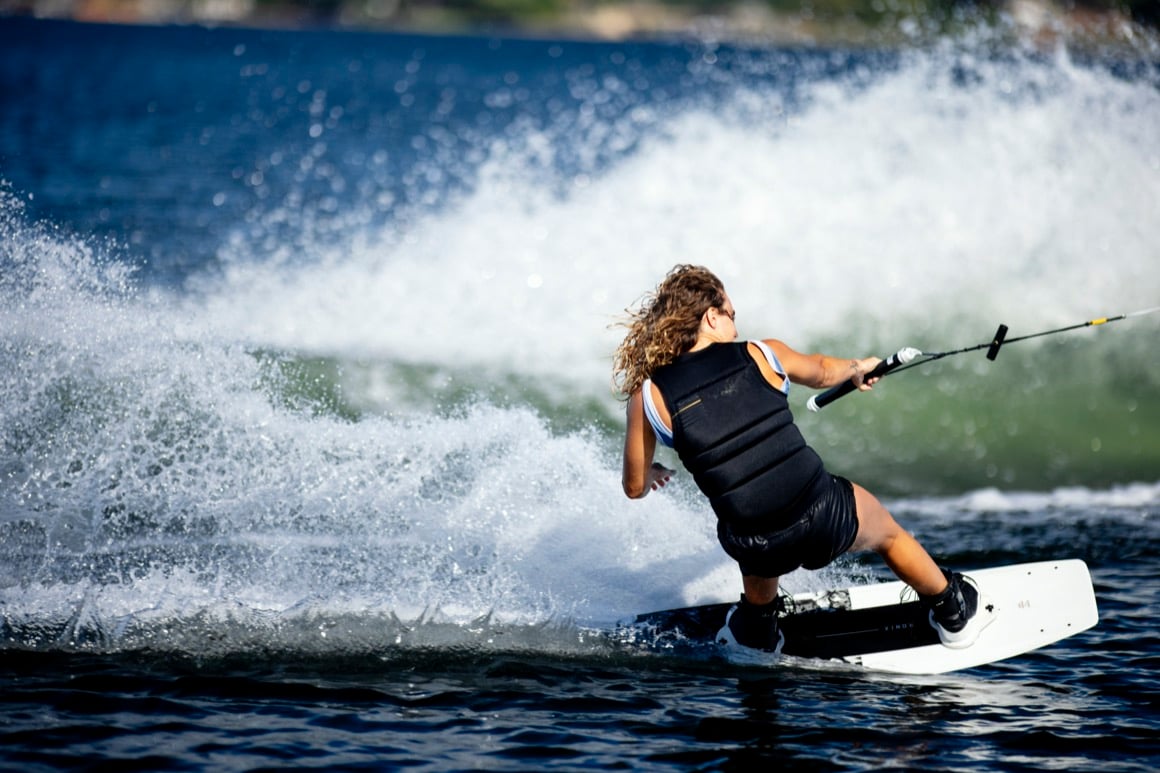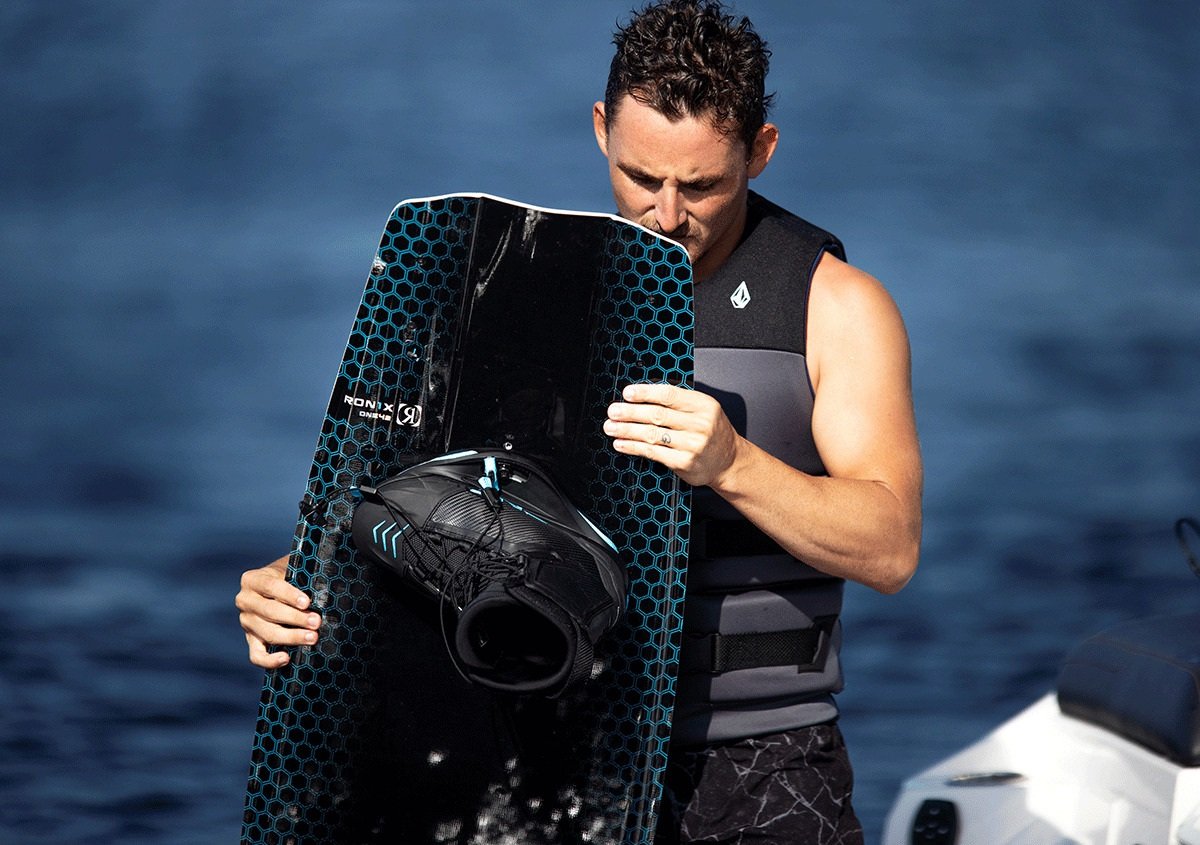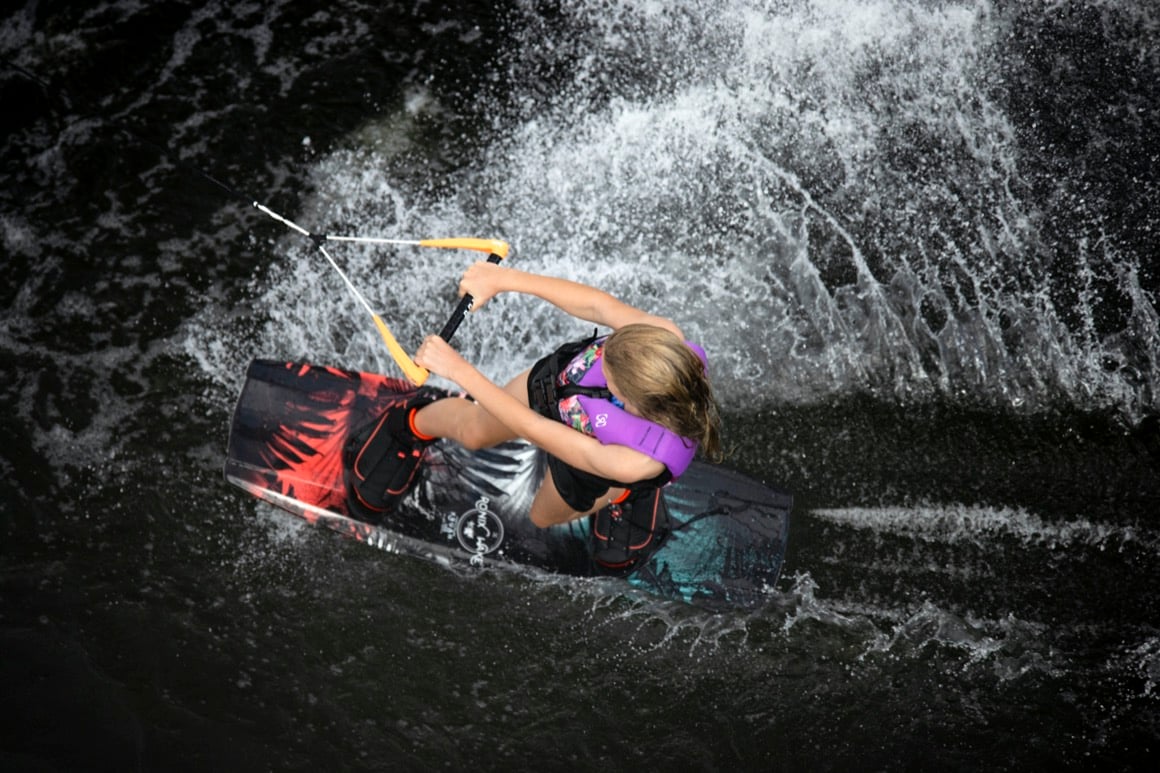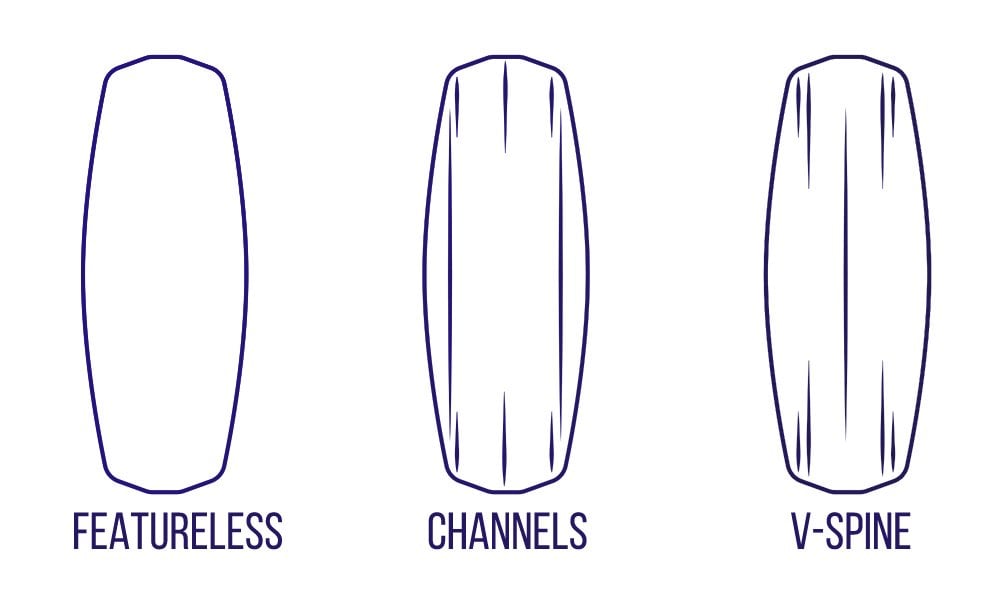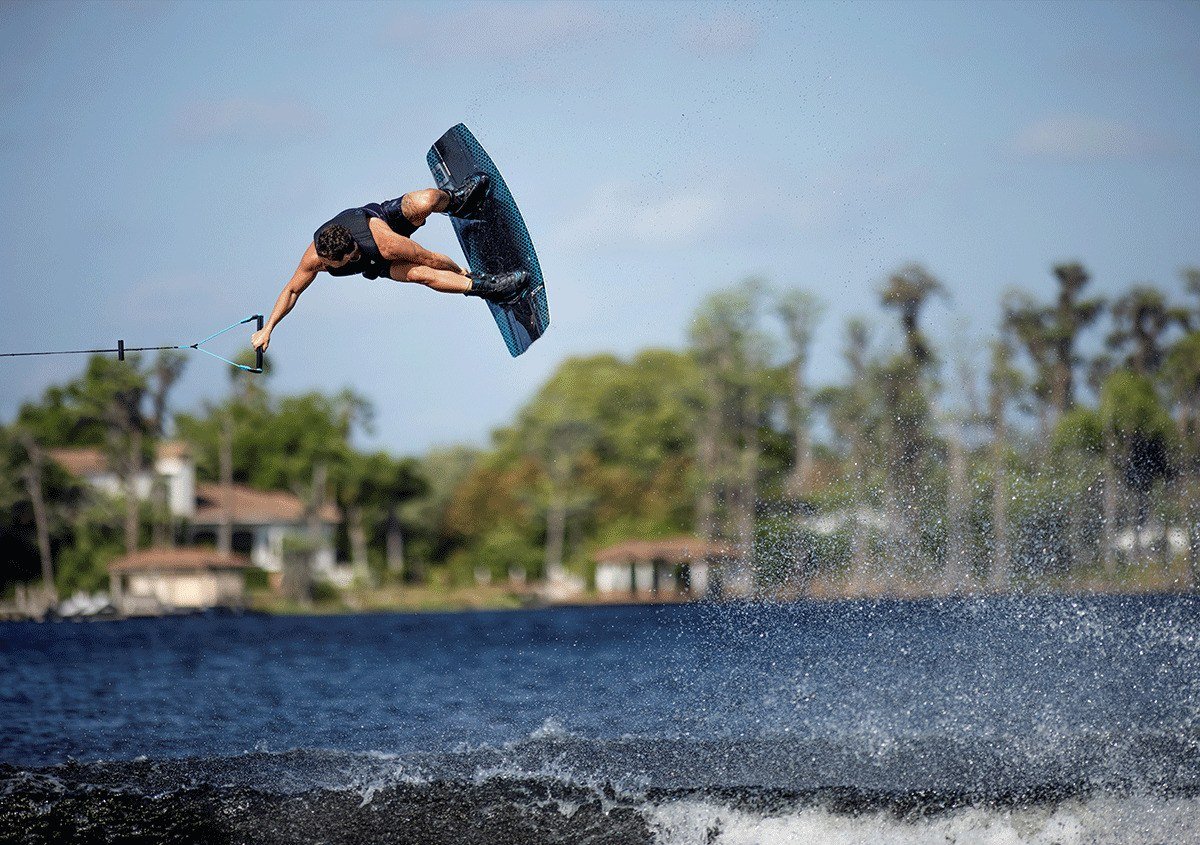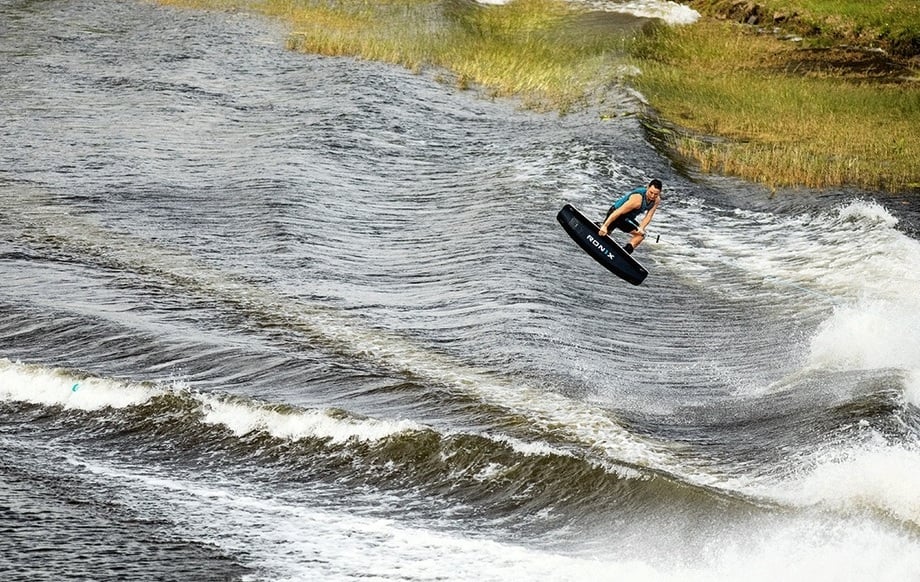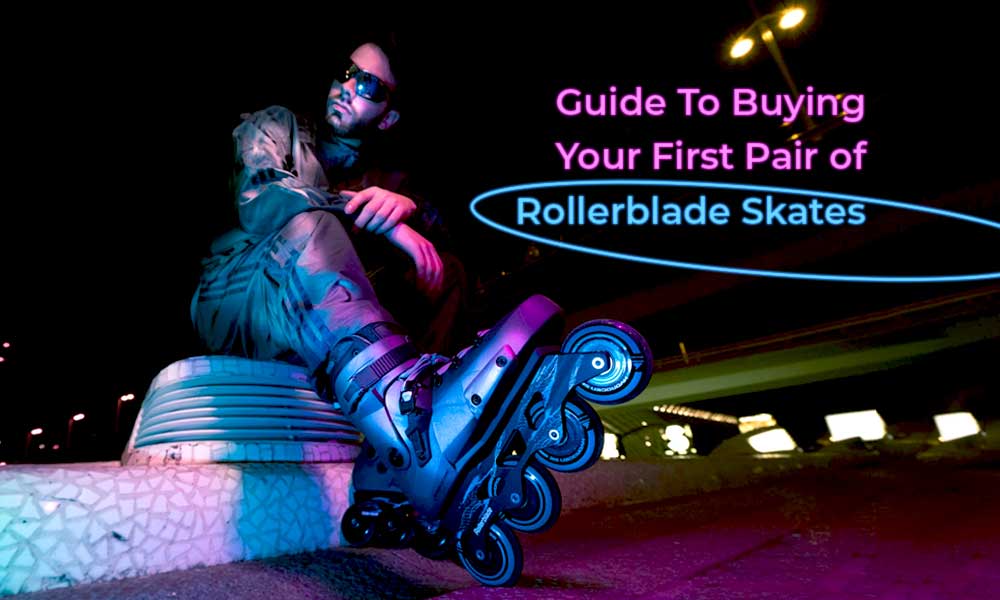Last Updated on
Conquering the waves may take on many forms. Those don’t need to be natural waves, and you don’t necessarily need a surfboard to conquer them. Wakeboarding offers waveriders a unique opportunity not to be bound by such inconsistent whims of nature like weather and mount the wakes at any time they want. Among the multitude of brands that deal in wakeboarding equipment, Ronix cannot but stand out. With profundity earned through many years in the industry, the brand delivers products, whose quality is nothing short of exemplary. However, even if the quality is assured, there’s still a question of options. There are quite a number of worthy wakeboards, wakesurfs and wakeskates Ronix produces, but which one of them is the one that you need? In this guide, we’ll guide you through the choosing Process of a Ronix wakeboard.
Table of Contents
Knowing the Difference
Determine the Length and Width
Decide on the Base Shape
Choose the Rocker Profile
Examine the Fins
Conclusion
Knowing the Difference: Wakeboarding vs. Wakesurfing
Wakeboarding and wakesurfing have a lot of things in common. Both are water sports that involve riding behind a boat towed by a rope. Both require a similar set of equipment. But there are plenty of things that set one activity apart from the other.
The first difference is board design. Wakeboards are rectangular-shaped boards with curved edges, typically shorter and narrower than wakesurf boards. The latter, on the other hand, are usually drop-shaped in the front part. They are larger and broader than wakeboards, with a shape resembling a surfboard. Wakesurf boards lack bindings, which are an obligatory element of a wakeboard.
The speed of riding is also different. Wakeboarding requires the rider to be towed by the boat at higher speeds so they can perform aerial maneuvers. In contrast, wakesurfing is slower and more mellow allowing riders to eventually let go of the rope to surf the waves behind the boat.
Lastly, there is a difference in distance between the boat and the rider. In wakeboarding, riders usually stay further away from the boat since they need more space for jumps and tricks. With wakesurfing, riders can stay closer to the boat since they don’t need as much space for their moves.
Now that we got the most confusing topic out of the way, it’s time to get down to choosing principles. Here’re the features that deserve your attention when choosing a Ronix wakeboard.
Determine the Length and Width
Wakeboard length is a pivotal factor for the performance of your ride. The best strategy for choosing the right wakeboard length is to rely on your weight and height. Weight is the leading factor, but if you are unusually tall or short for your weight, you might need to make some adjustments to balance the scales.
Generally speaking, lighter riders should look for boards that range from 110 cm up to 128 cm, whereas heavier riders should pick boards between 131 cm and 141 cm in length. However, there is usually a range of wakeboard lengths that might be suitable for you. And those are suggestions, not strict guidelines. You may want to go a bit bigger or smaller and can absolutely do so. Ronix wakeboards come in a wide variety of lengths that can cater to the needs of every wakeboarder.
Here’s how the length of a wakeboard affects your performance. Longer wakeboards are usually heavier and easier to ride, meaning you get more control over your ride. Since they have more surface area, such boards move more quickly and make landing much softer. They also provide better stability when riding in choppy waters and can handle higher speeds without losing control.
Shorter boards are slower and require more energy to push through the water, but are easier to spin and maneuver, meaning they are preferable for those interested in head-spinning tricks. However, the lesser surface area makes landings harsher. Shorter boards also provide less stability and can’t handle high speeds as longer boards.
Wakeboard width affects the performance in the same way. Wider boards increase stability, while narrower ones allow for easier trick performing. Beginner wakeboards are wide and long, so if you are only at the beginning of your wave-cutting path, we recommend sticking to those sides of the spectrum.
Decide on the Base Shape
When looking at any Ronix wakeboard, it’s easy to get distracted by flashy and eye-catching designs, but there’s much more to them than patterns and colors. Wakeboard base design, constructional design in particular, also affects the way your board rides. There are three main varieties of wakeboard base shapes, and each comes with a peculiarity of its own.
Featureless bases are the most common type of wakeboard bases that provide a smooth, even surface for riders to use. They feature no molded-in fins or channels and thus don’t introduce any additional features that might affect the way your board rides.
Channels on bases break the surface tension of the water upon landing and allow water to flow more easily around the board. Such wakeboards give riders more control over their speed and direction.
V-spine bases soften the landing in a similar way the channels do. Such spines are often added to 3-stage rocker boards to provide much-needed stability and reduce drag.
Choose the Rocker Profile
Like snowboards and skis, Ronix wakeboards are curved-shaped. The rocker profile describes the shape of that curve from tip to tail. This characteristic covers a variety of shapes, but here’re the two most prominent ones.
A continuous rocker profile is a smooth curve that provides a very smooth ride. Wakeboards featuring this rocker profile are highly-predictable and easy to control, which makes them a go-to version for beginners. They deliver soft landings and predictable release off the wake. This type of rocker is also great for performing tricks in the flats past the wake.
The 3-stage rocker wakeboards, unlike its continuous variants, feature a full flat spot in the middle area. Thus, the edges of that curve become more distinct and exaggerated. That results in a more aggressive pop off the wake that will throw you higher into the air. However, this stardom comes with a few not particularly comfortable repercussions. The shape of the board makes it plow the water rather than cut through it, which means more resistance and less speed. The large flat surface of the board means harsher landings, and those, in turn, may throw off balance. For this reason, three-stage rocker wakeboards are usually used by more advanced wakeboarders.
Those are two main rocker profiles, but they are not the only ones. There are also hybrid rockers that combine elements of both continuous and 3-stage profiles to give you the best of both worlds. They provide more pop than a continuous rocker but are still predictable enough for carving on flat surfaces.
Examine the Fins
Wakeboard fins provide additional grip and control while riding and help to keep the board stable in choppy conditions. Fins come in two types: molded and removable.
Molded fins are permanently attached to the board. They are usually smaller than removable fins and provide less grip when turning. Naturally, they are more durable than removable fins, though they are rarely comparable to them in size. Molded fins are usually placed closer to the edges of a wakeboard.
Removable fins can be unscrewed from the wakeboard completely or replaced with ones of different sizes. Naturally, they give you more options to experiment with different feels and techniques of riding. Small and big, short and long – the choice of removable fins is plentiful.
The size and placement of the fin can have a big impact on the performance of the board. Even half an inch closer to the tip or tail of the wakeboard may change the way the board behaves, especially how it takes off the top of the wake.
There are different takes on the moment the fins should be introduced. Some wakeboarding experts say that it’s better to start with no fins whatsoever or with some small ones in order to learn how to use the edge to roll from side to side. Others claim that fins are better used in the beginning since they make a ride more stable. We suggest sticking to this first approach and opting for a wakeboard with no fins, both for the sake of mastery building and having opportunities to experiment without needing to buy a new wakeboard.
Whether you are a professional wakeboarder who knows how to handle fins or a rookie that decided to acquire a fin or two for variety’s sake, Ronix has a wide selection of wakeboard fins of all sizes and shapes present in the industry.
Conclusion
Choosing a wakeboard is not a cakewalk by any means, but it’s not particularly difficult either. There are a number of factors you should consider, some physique information you need to know about yourself and a few choices you need to make. It might sound like a bit too much in the beginning, but with practice, you’ll start to discern how even the tiniest alteration to a wakeboard’s construction can change the way the board behaves. At the end of the day, regardless of how much time it takes or how proficient you are, Ronix’s got your back. If there’s such a thing as an ultimately reliable wakeboard, Ronix managed to shape it into reality.

